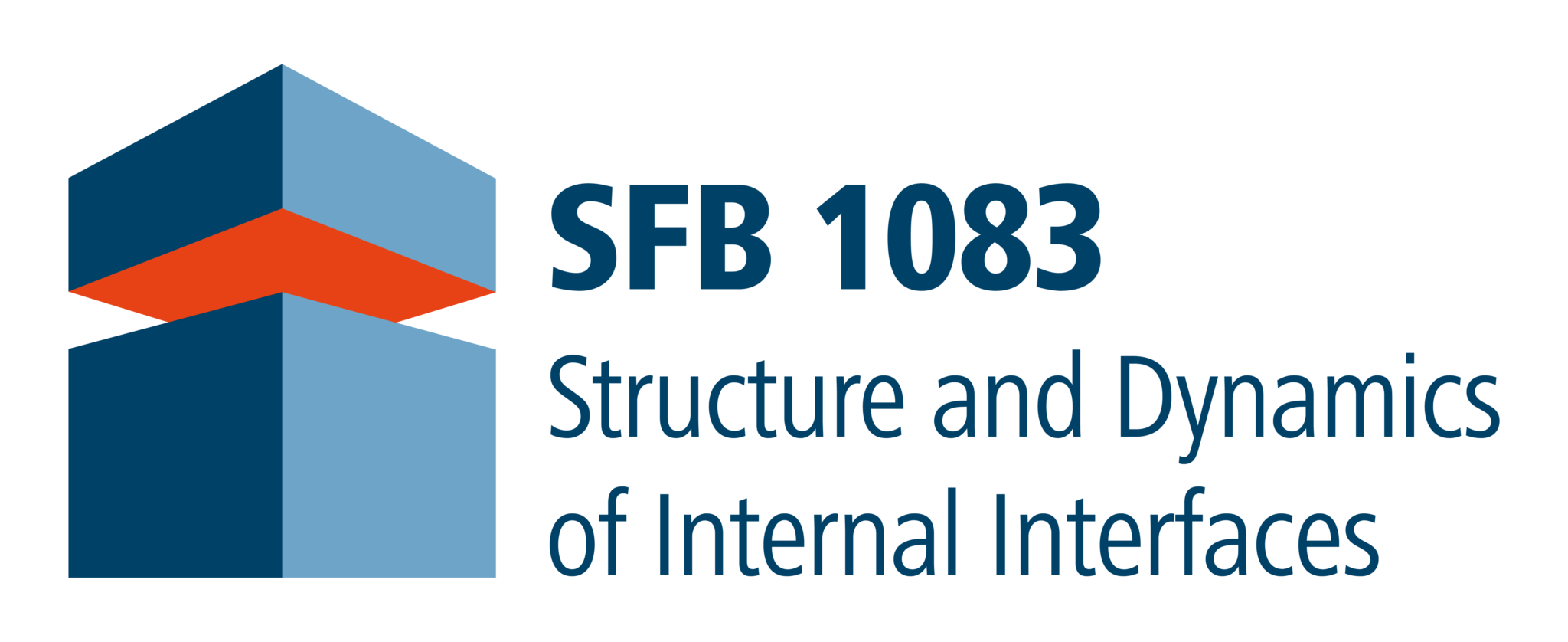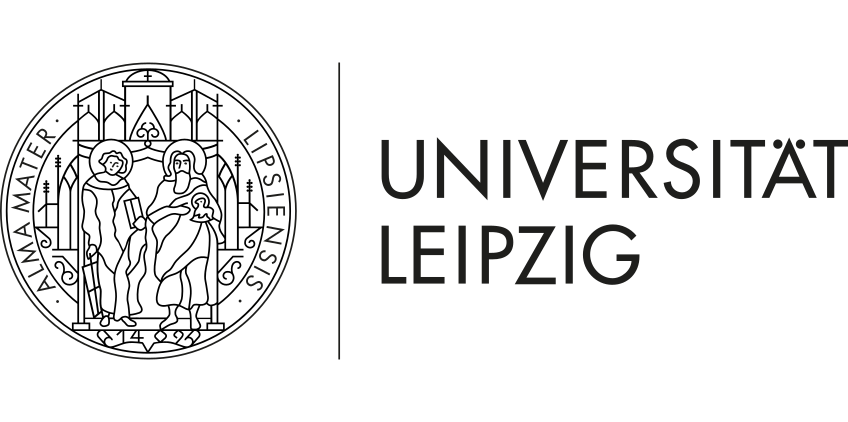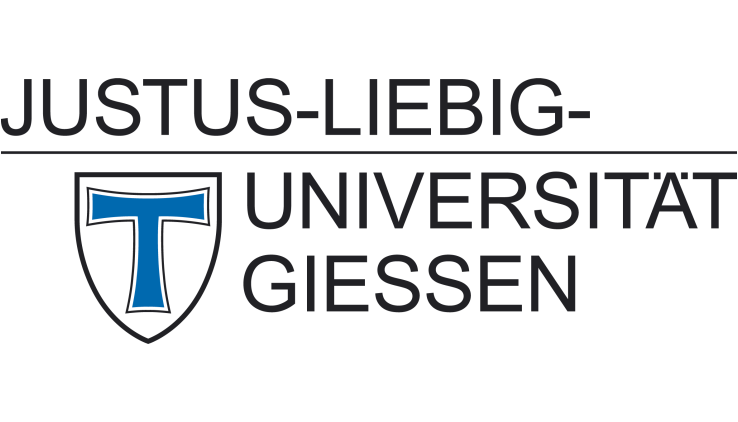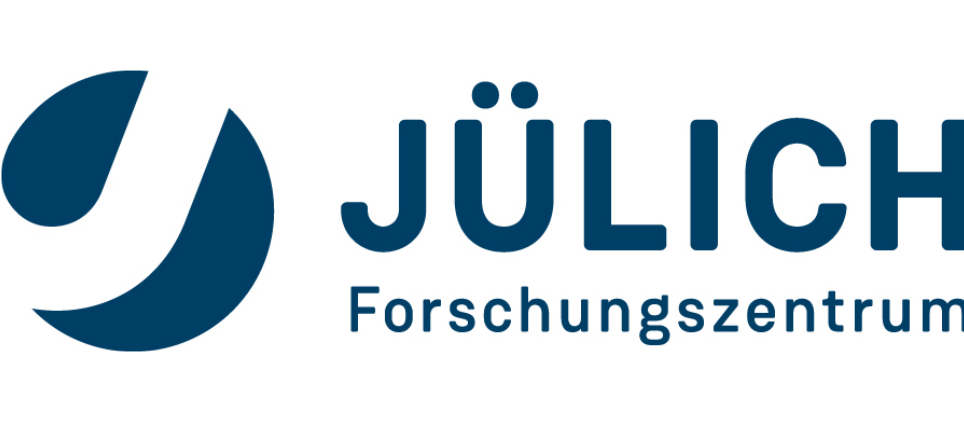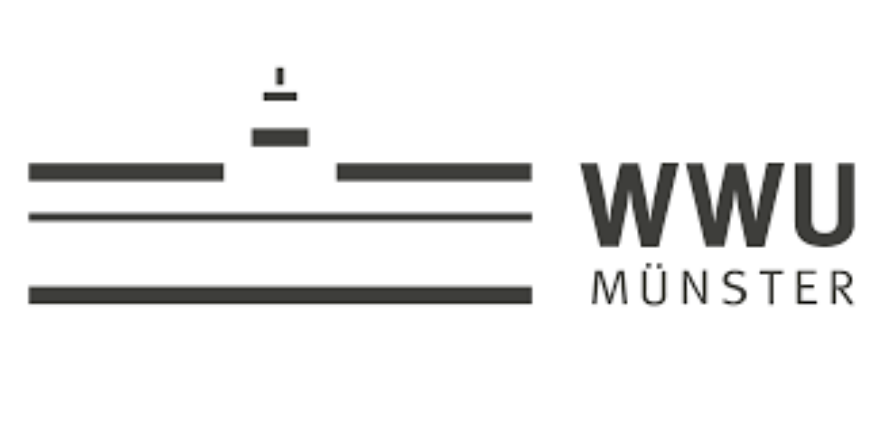Van der Waals Bound Organic Semiconductor/2D-Material Hybrid Heterosystems: Intrinsic Epitaxial Alignment of Perfluoropentacene Films on Transition Metal Dichalcogenides
M. Dreher, D. Günder, S. Zörb, G. Witte
Chemistry of Materials 32 (2020) 9034
The epitaxial alignment of crystalline perfluoropentacene (PFP) films on various transition metal dichalcogenides (TMDCs) is reported. This van der Waals epitaxy results in characteristic twist angles between substrate and film lattices, which are of particular interest for the optoelectronic coupling at the interface.

Epitaxial alignment of crystalline PFP films on the basal plane of MoS2 and WSe2 (Image: M. Dreher).
Two-dimensional (2D) materials are a subject of current research, because their different electronic properties as well as the ability to prepare films as thin as one monolayer opens up the prospect of producing new nanoscale heterostructures and devices. Of particular interest is the stacking of such films with controlled twist angle as it critically affects the electronic interface properties. A promising extension is the combination of TMDCs with organic semiconductors (OSC), as it allows to combine the high charge carrier mobility of the TMDCs with the OSC’s large photo-absorption cross section, which is beneficial for photovoltaic applications.
Using the example of the prototypical OSC PFP, Maximilian Dreher and coworkers analyzed in the present study the epitaxial alignment of the crystalline molecular adlayers on the basal plane of different TMDCs (MoSe2, WSe2, MoS2 MoTe2). By utilizing the optical anisotropy of PFP films, their azimuthal alignment was analyzed by means of polarization resolved reflection anisotropy. This sensitive and non-invasive method allows to characterize the epitaxial alignment even for thin films of few nanometers. The analysis yielded specific twist angles of the crystalline adlayer domains with respect to the substrate lattice, which are characteristic for the individual material combinations. Notably, the observed epitaxial order is not caused by any higher-order commensurability between substrate and adlayer, where individual molecules are bound to locally favorable adsorption sites. Instead, it results from an energetically favored alignment of the entire crystalline adlayer on the substrate surface and can be rationalized as an on-line coincidence. This peculiar epitaxy could also be theoretically modelled using a modified scheme of projection of real-space adlayer lattice points onto the substrate unit cell. In addition, the extreme sensitivity of this van der Waals epitaxy on small lattice distortions was demonstrated by films grown at slightly higher substrate temperature. Although raising the growth temperature by about 30 K yields only a small increase of the lattice constants of the PFP film due to thermal expansion in the order of a few hundredths of Angstrom, while the more rigid TMDC surface lattice is hardly affected, it causes a distinct change of the twist angle of more than 20°. The achieved epitaxial alignment and control of twist angles is an important mile stone and will be used in future studies on the optoelectronic adlayer-substrate coupling in OSC/TMDC hybrid systems within the SFB 1083.
